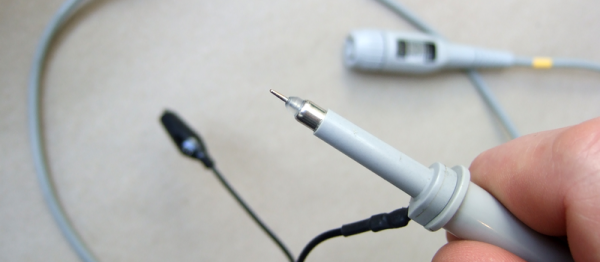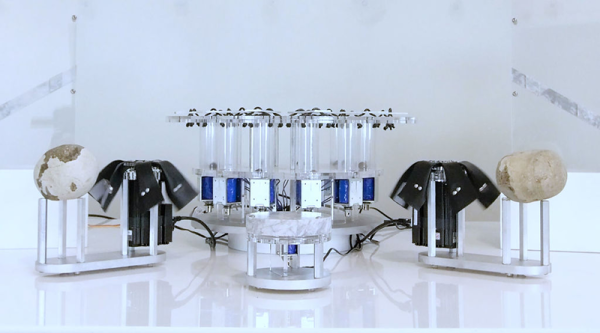If you were a keen console gamer at the end of the 1990s, the chances are you lusted after a Sega Dreamcast. Here was a console that promised to be like no other, a compact machine with built-in PowerVR 3D acceleration (heavy stuff back then!), the ability to run Windows CE in some form, and for the first time, built-in Internet connectivity. Games would no longer be plastic cartridges as they had been on previous Sega consoles, instead they would come on a proprietary DVD-like Sega disc format.
It was a shame then that the Dreamcast never really succeeded in capitalizing on its promise. Everyone was talking about the upcoming Sony Playstation 2, and disappointing Dreamcast sales led Sega to withdraw both the console, and themselves from the hardware market entirely.
There remains a hard core of Dreamcast enthusiasts though, and they continue to push the platform forward.The folks at the Dreamcast Junkyard decided to go backwards a little when they resurrected the console’s dial-up modem to see whether a platform from nearly twenty years ago could still cut it in 2017. This isn’t as easy a task as you’d imagine, because, well, who uses dial-up these days? Certainly in the UK where they’re based it’s almost unheard of. They were able to find a pay-as-you go dial-up provider though, and arming themselves with the most recent Dreamkey V3.0 browser disc were able to get online.
As you might expect, the results are hilariously awful for the most part. Modern web sites that rely on CSS fail to render or even indeed to load, but retro sites like those in the Dreamcast community appear as they should. There is a video we’ve put below the break showing the rather tortuous process, though sadly they didn’t think to load the Hackaday Retro Edition. It does however feature the rarely-seen keyboard and mouse accessories.
Continue reading “Surfing Like It’s 1998, The Dreamcast’s Still Got It!”















